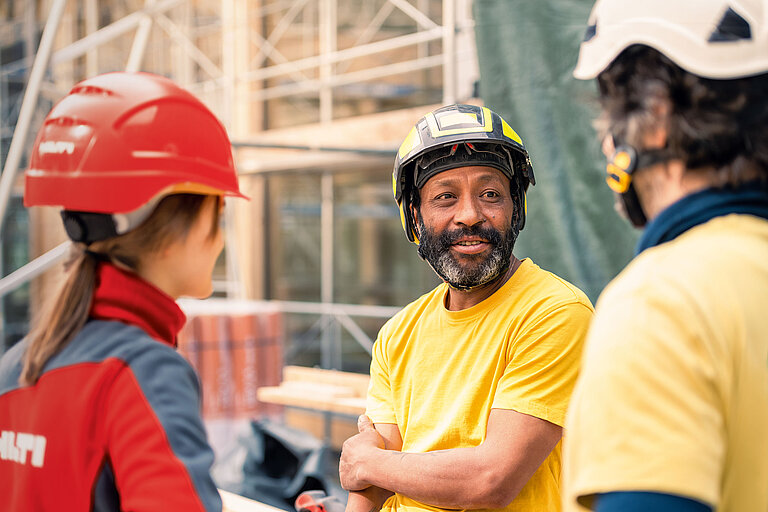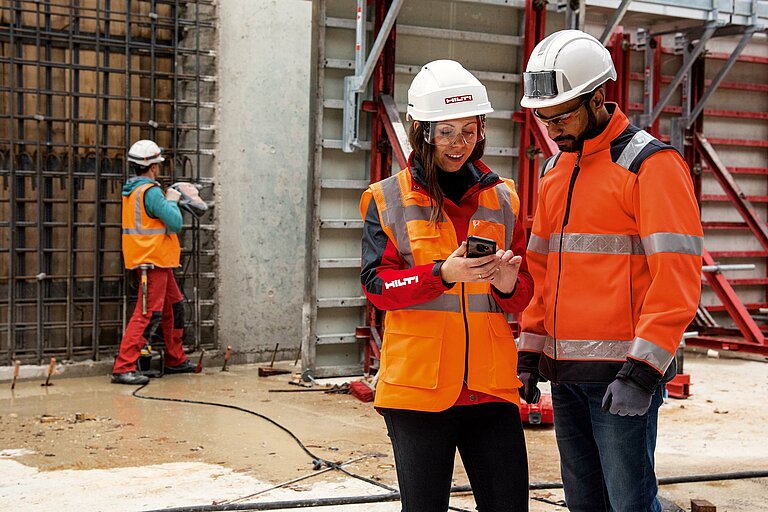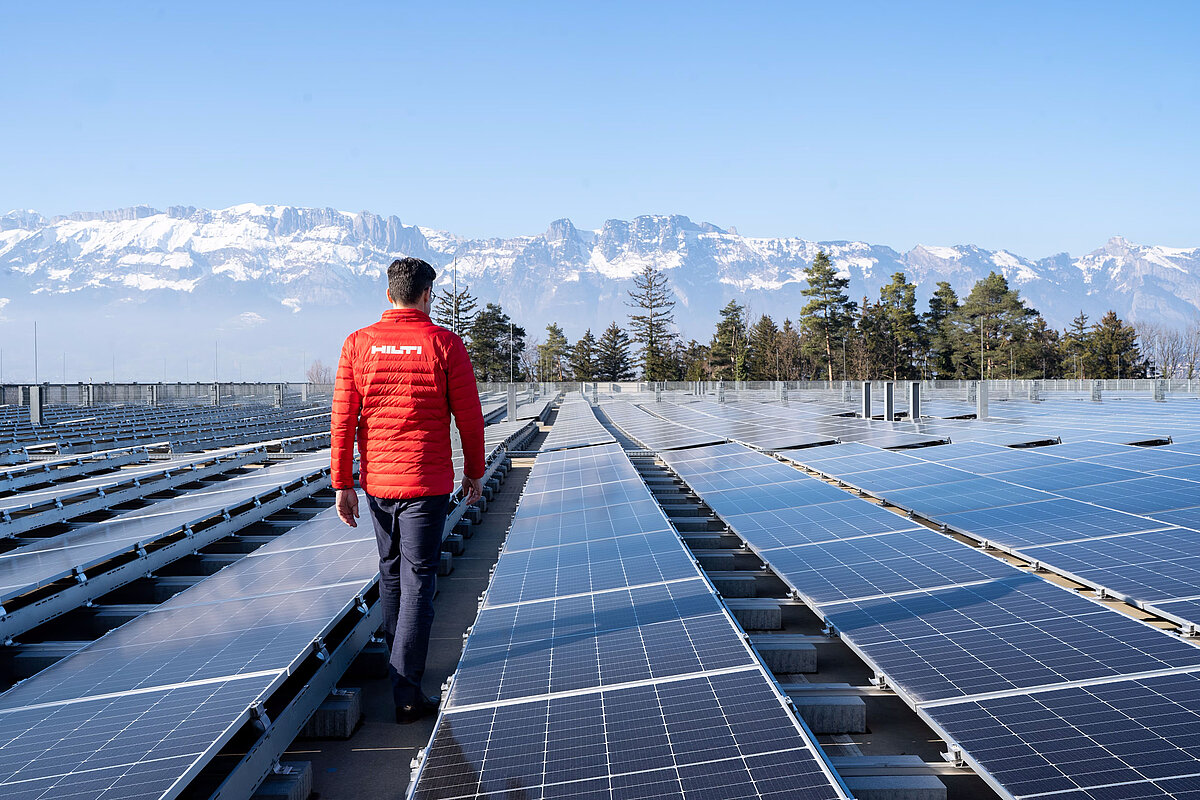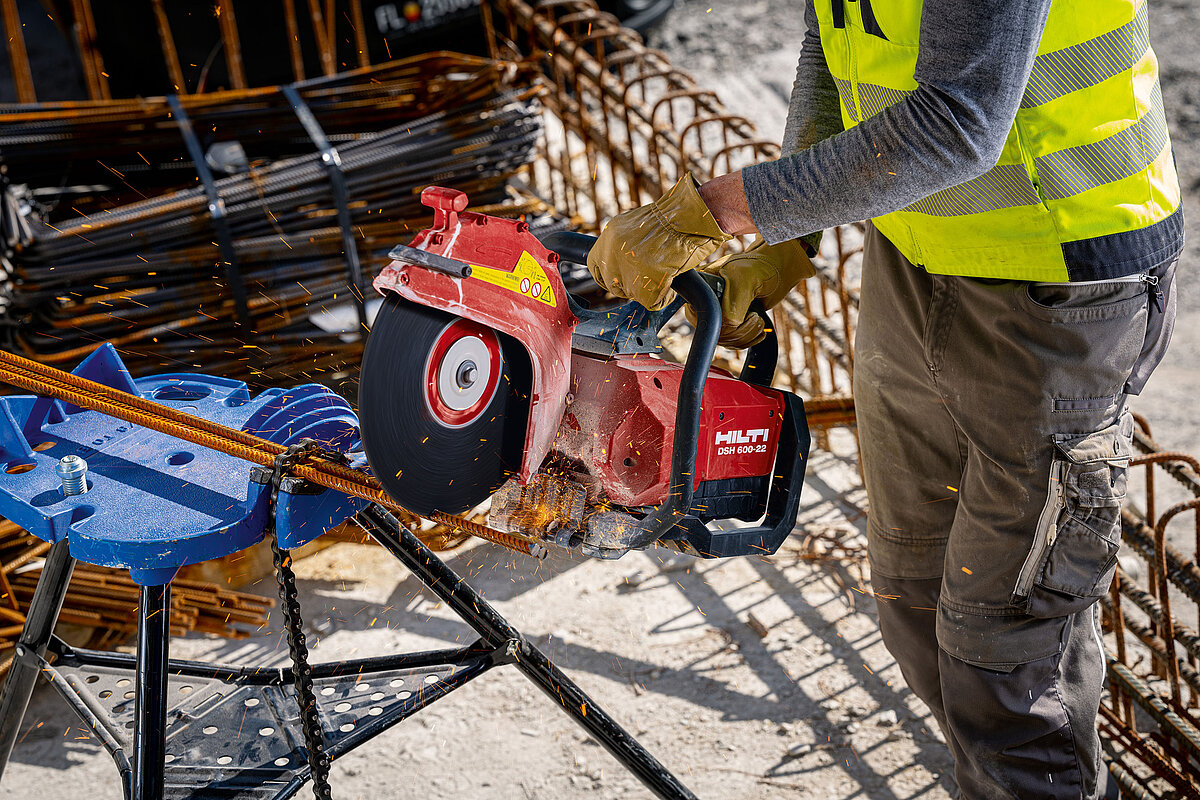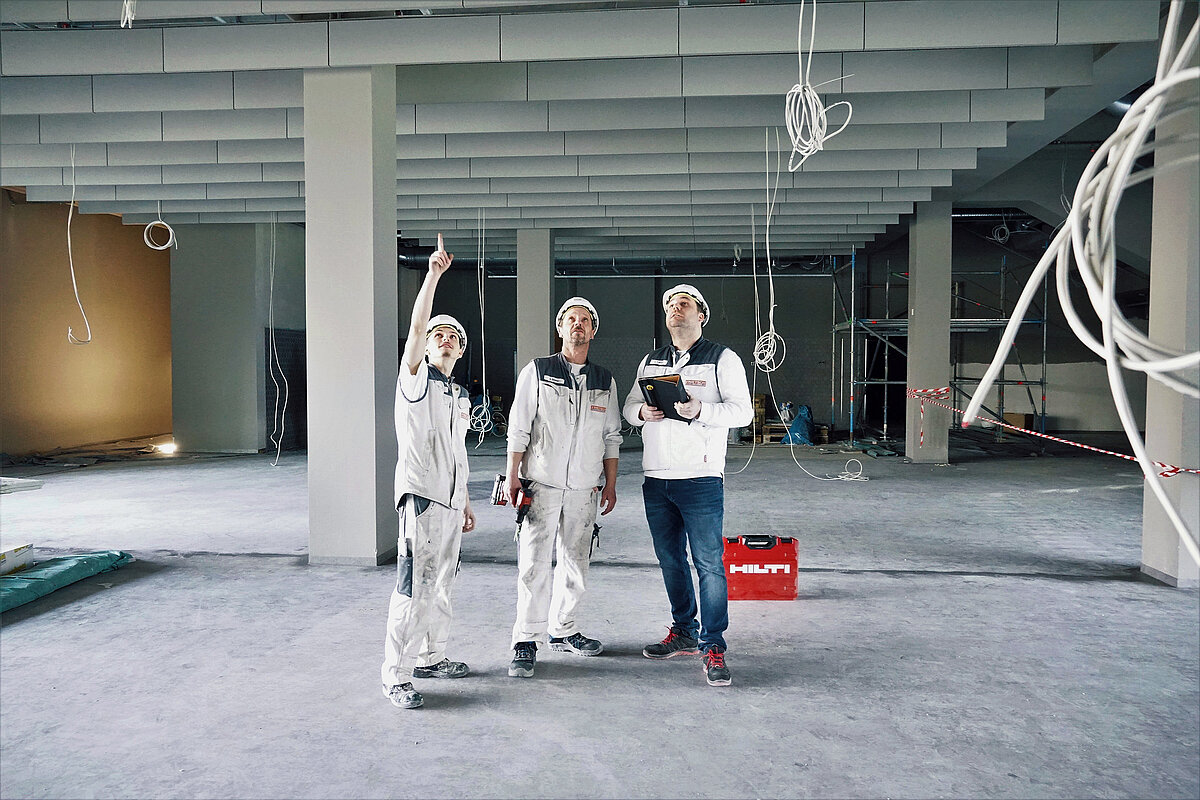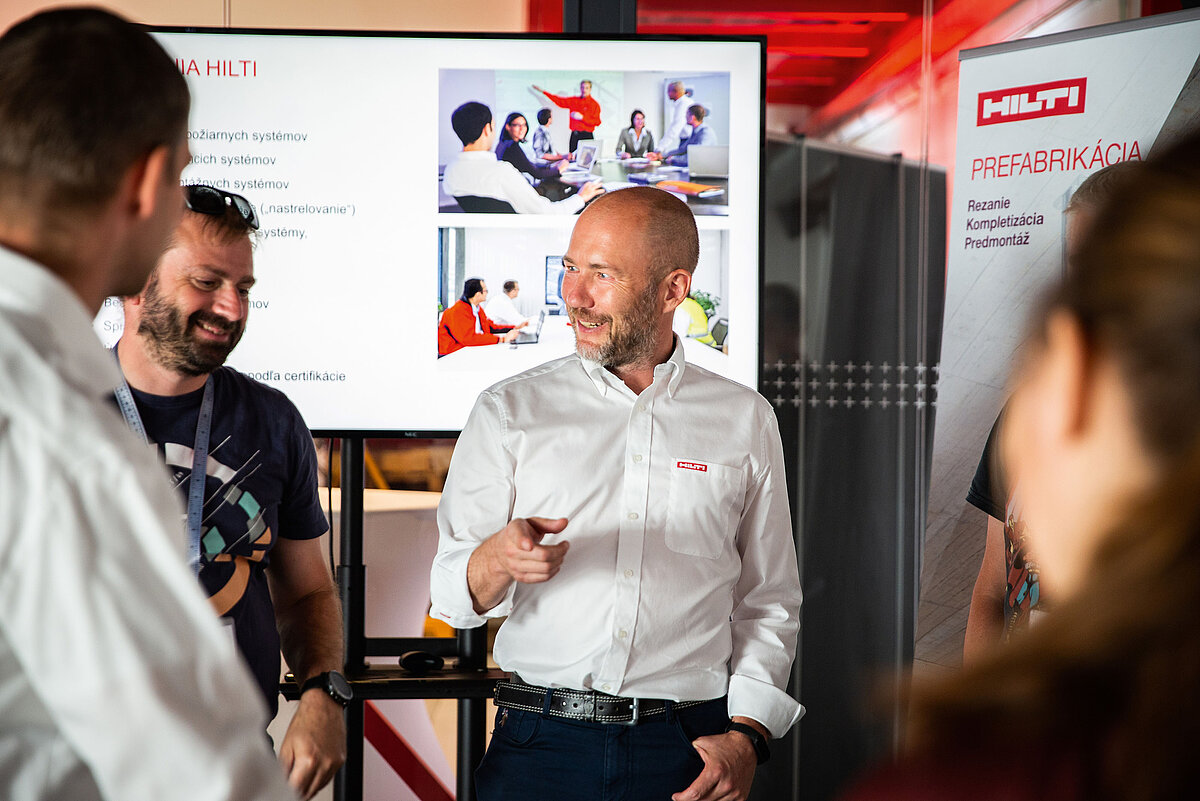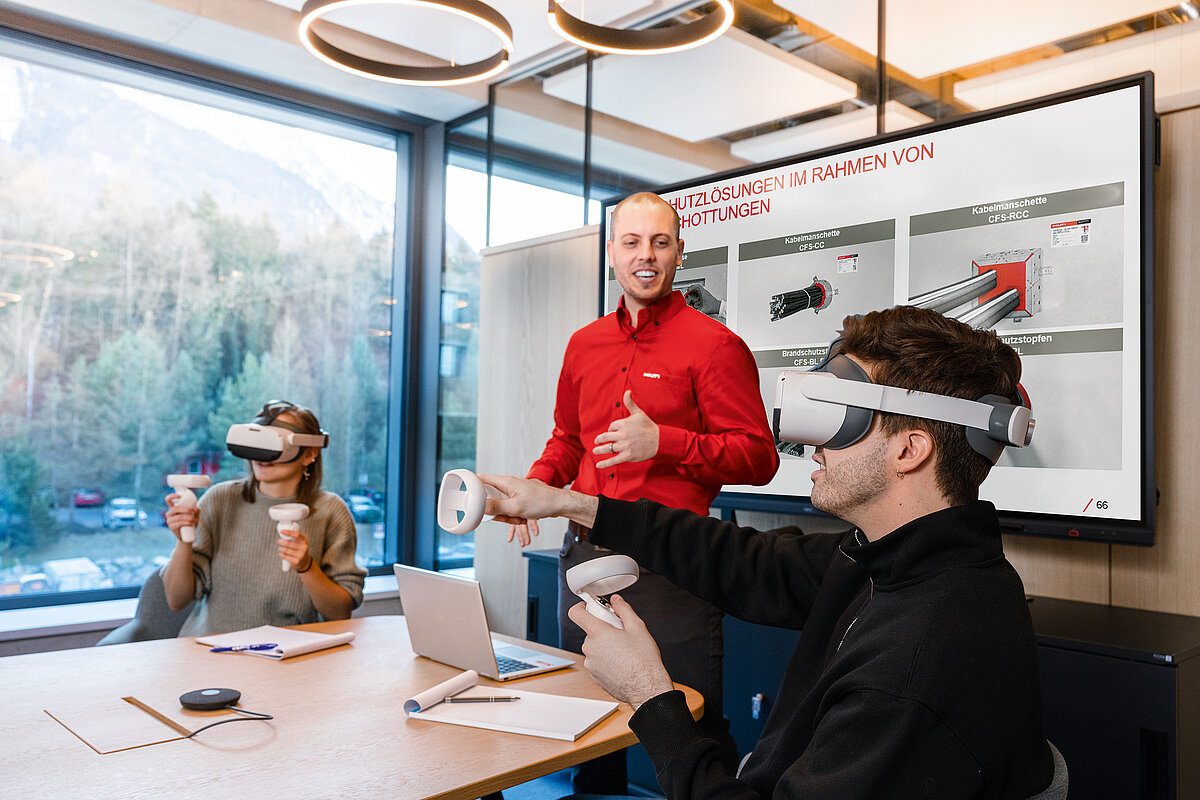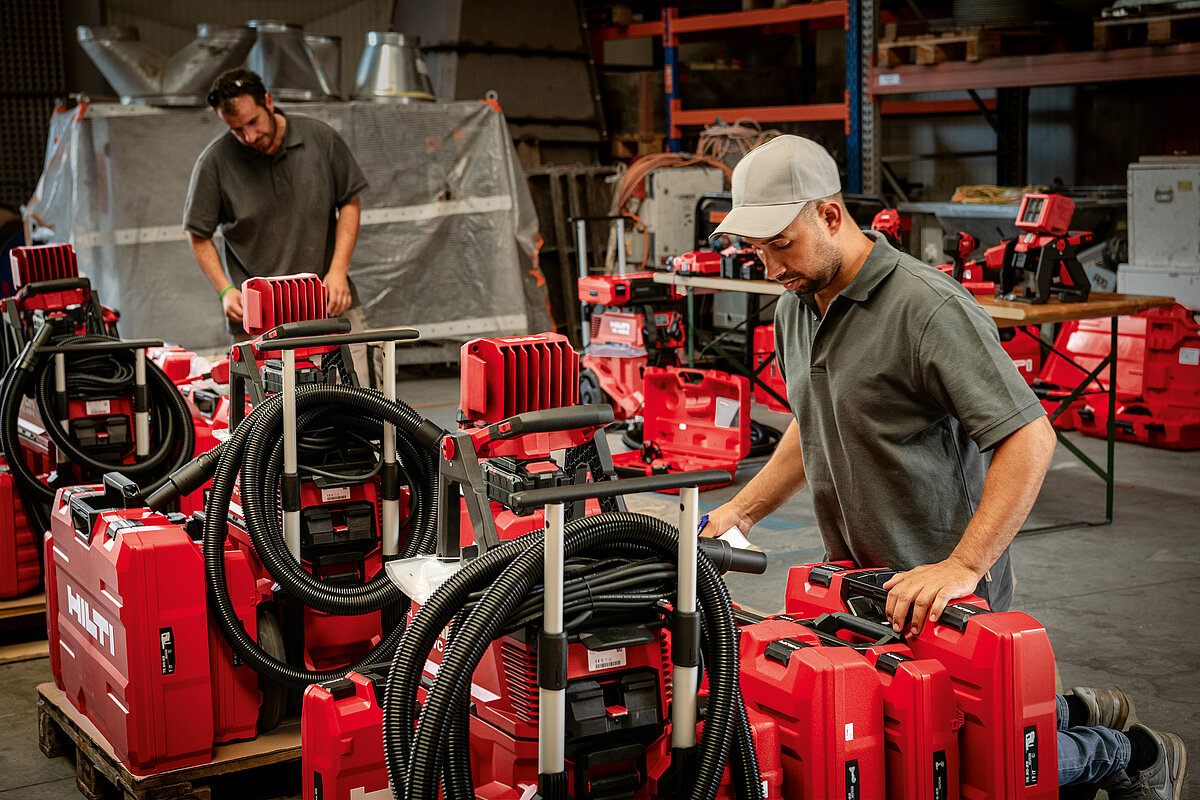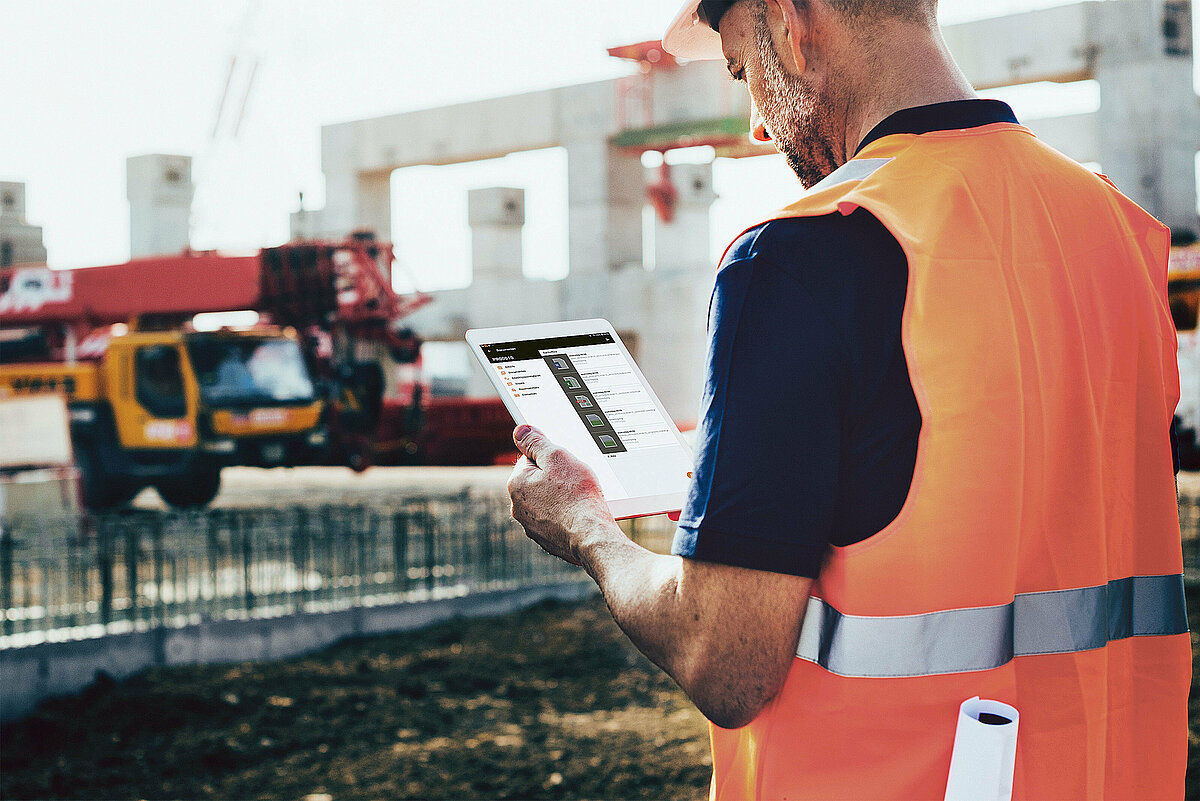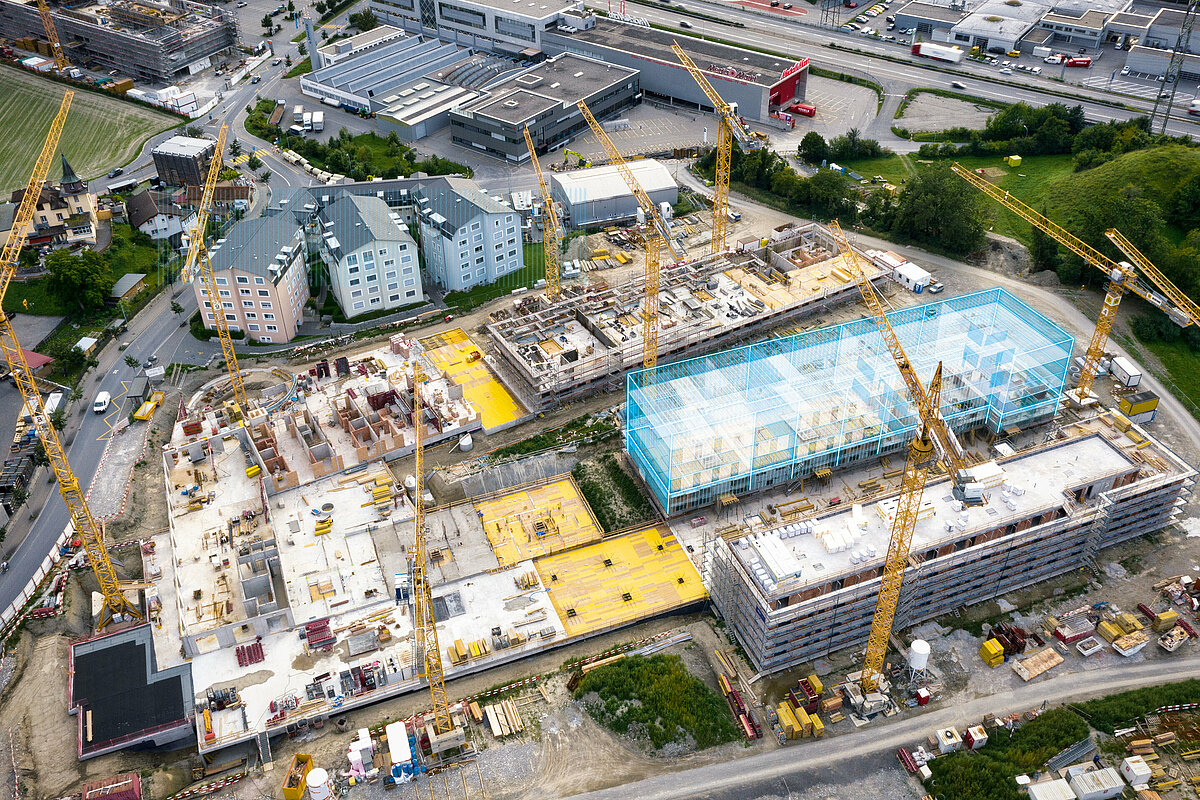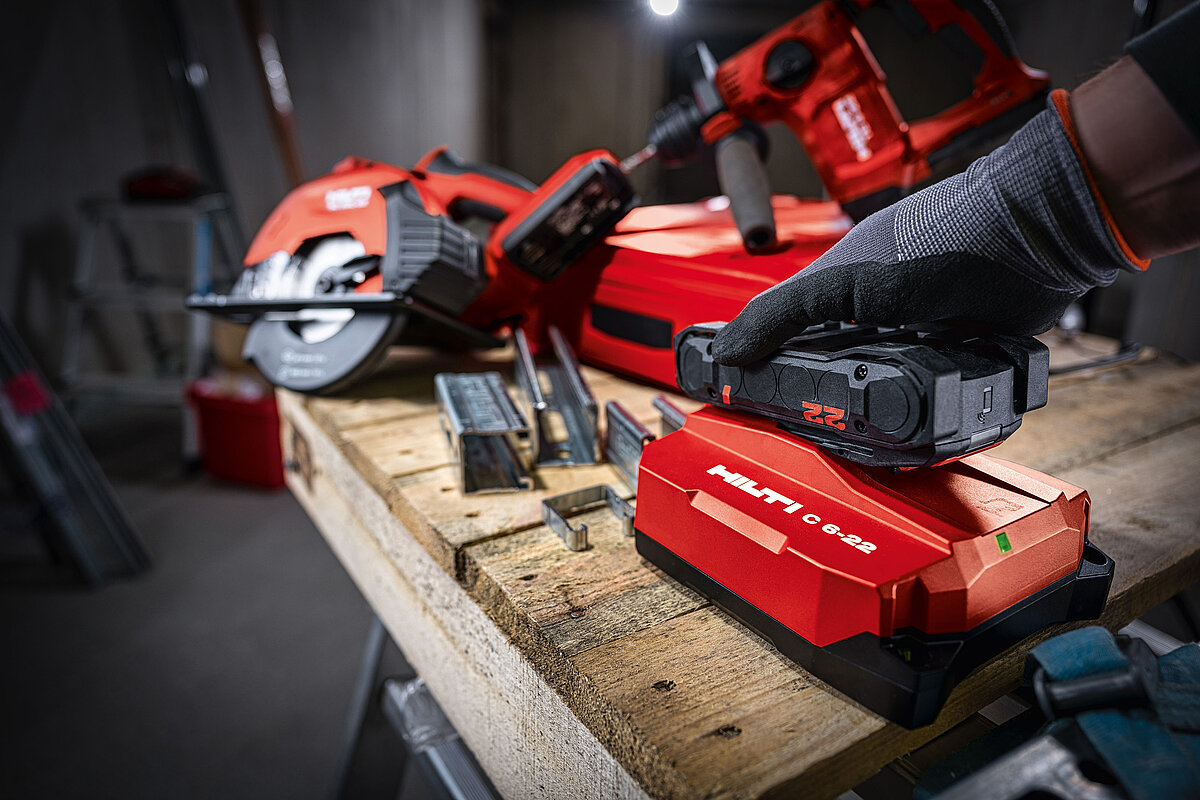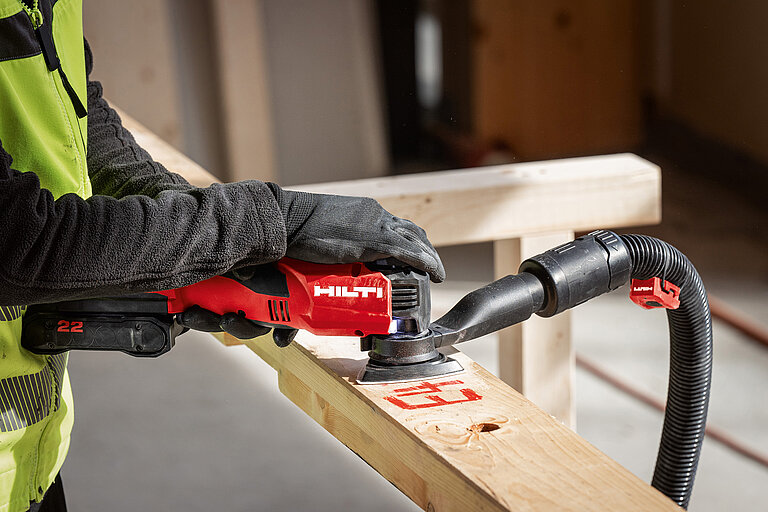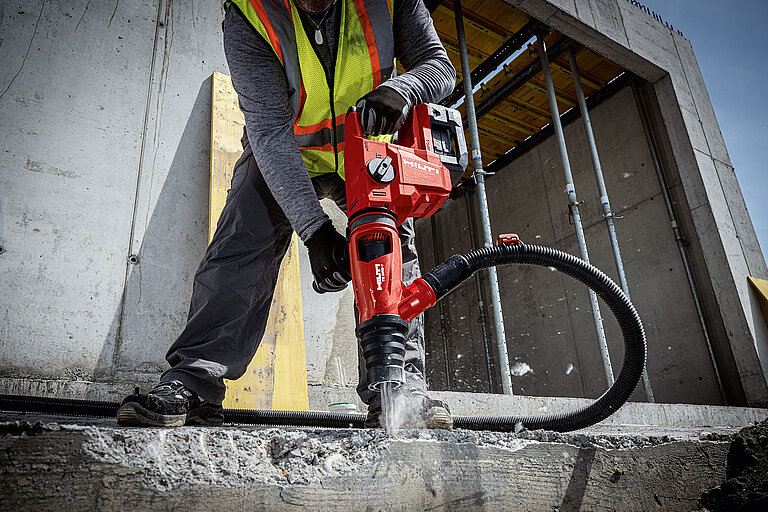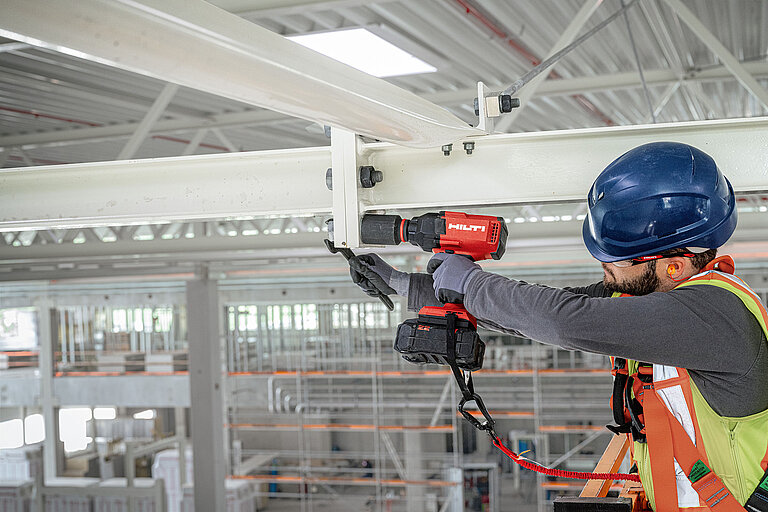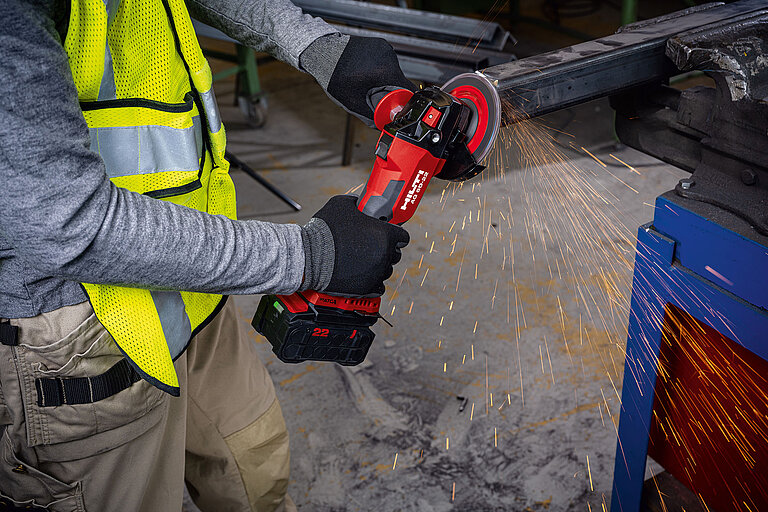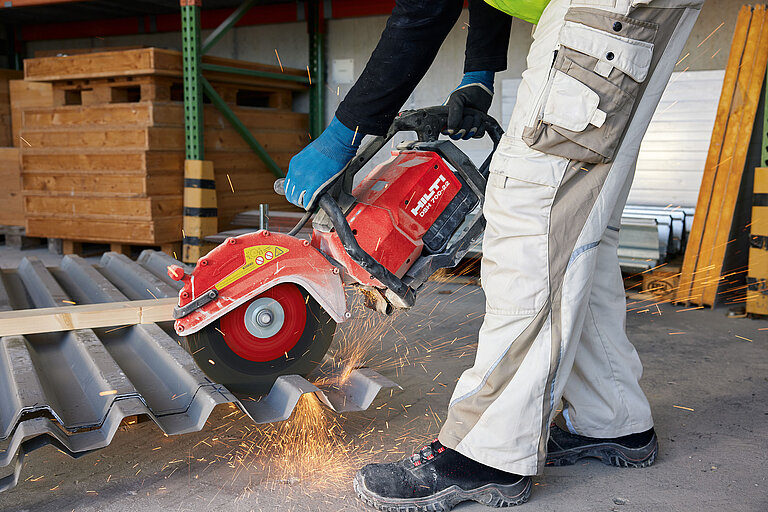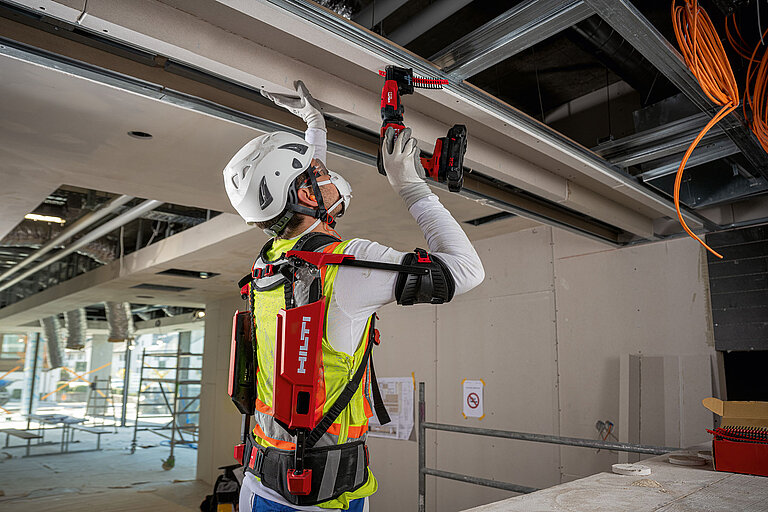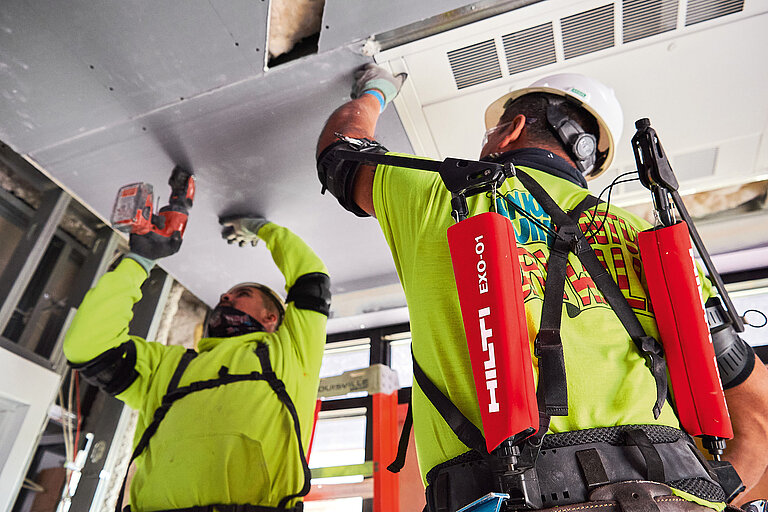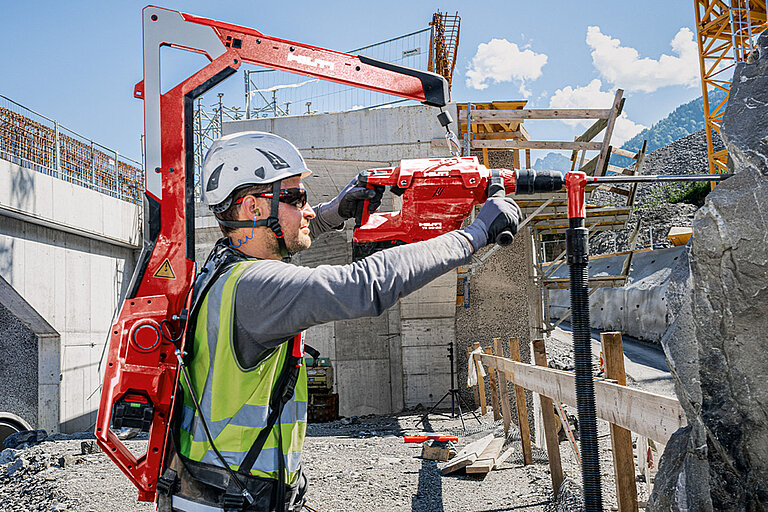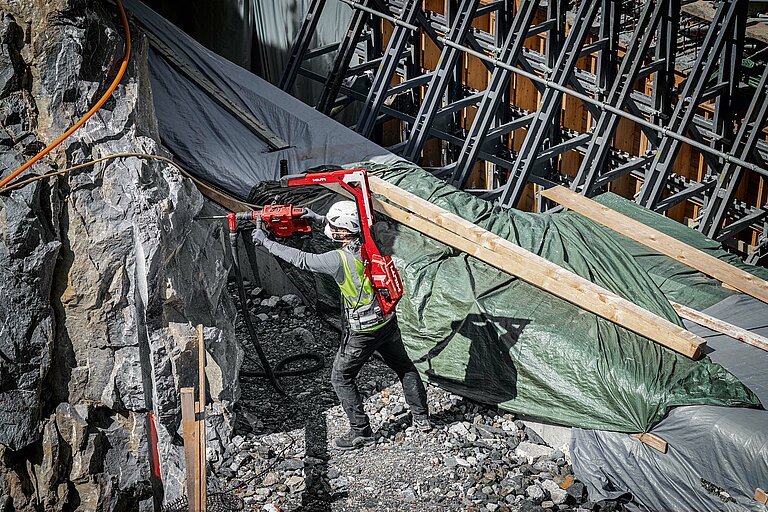Best Partner for Safety
The Indispensable Role of Innovation in Construction Safety

In the high-stakes world of construction, safety is not just a priority, but a necessity. This industry, often challenged by risky and unsafe working conditions, is undergoing a significant change driven by innovative technologies and practices. Hilti is at the heart of this transformation.
From tools equipped with advanced safety features to the groundbreaking use of exoskeletons, robots and Building Information Modeling (BIM), Hilti not only contributes to a safer work environment, but it is actively shaping a new era where safety and productivity reinforce each other.
At Hilti, we appreciate and fully embrace the growing importance of health and safety in the global construction industry. Safeguarding the health and welfare of workers which in turn increases productivity for our customers and makes construction more attractive for talent, is at the core of our strategy.
Johannes Wilfried Huber, Head of the Diamond Systems Business Unit
Safety-Enhancing Technologies: A Leap in Worksite Protection
Recognizing the risks involved in everyday tasks, the first step is always to try and find an alternative method for a process that may harbor risk.
Using BIM, safety can be engineered into a project from the outset. By creating virtual tours, BIM allows project managers to identify risk areas and adapt the design of a building project in the early phase. Hilti’s BIM Design Services reduce the number of steps on the jobsite, help avoid waste and eliminate the need to resolve problems once work has commenced on-site.
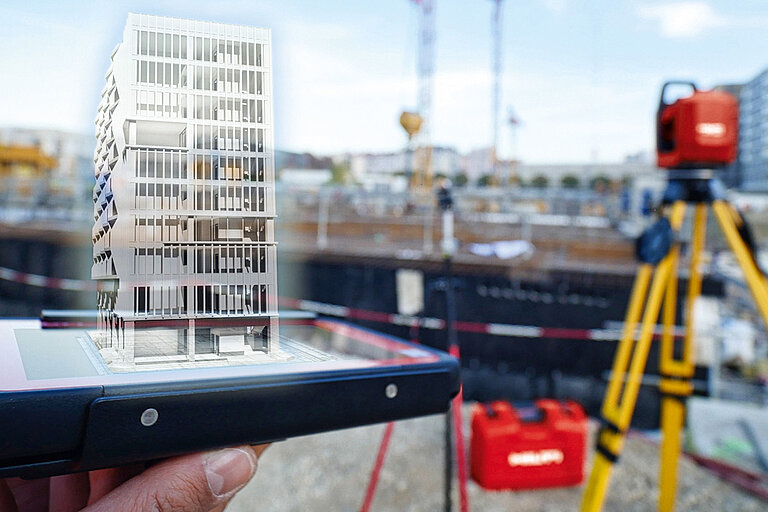
When a substitute for a risky process cannot be found, innovative technologies with built-in safety features help enhance safety on the jobsite. Hilti has developed a range of safety features that address the most pressing concerns among construction workers.
The Power of Exoskeletons: Easing the Physical Burden
In the field of human augmentation, exoskeletons are specifically tailored to assist construction workers with physically demanding tasks. These exoskeletons are designed to act in harmony with the body’s natural movements, offering ergonomic support that is designed to reduce fatigue. They play a crucial role in enhancing safety and health on construction sites by aiding workers during strenuous manual tasks. This support from exoskeletons not only makes demanding tasks more manageable, but also aims to reduce physical stress for the worker, ultimately boosting overall productivity on the jobsite.
With the increasing adoption of exoskeletons across various industries, including construction, we are moving towards a future where such technologies become an integral part of workers’ equipment. This advance heralds a new era where enhanced safety and improved human performance become the norm in the physically demanding construction sector.
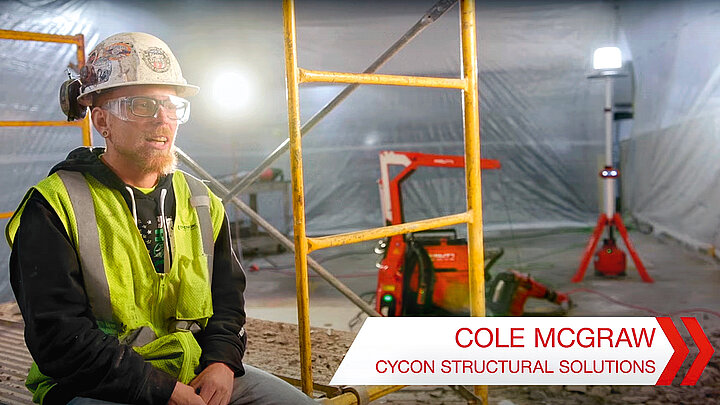
Robotics: Pioneering a Safer Approach to Risky Tasks
While exoskeletons enhance the physical strength of workers, jobsite robotics take over physically demanding and repetitive tasks, eliminating manual work and the associated risks. Robots can handle challenging activities like welding or working at heights, lessening accident risks. Hilti’s BIM-enabled Jaibot, for example, specializes in overhead drilling and removes the dangers of repetitive manual work in challenging positions.
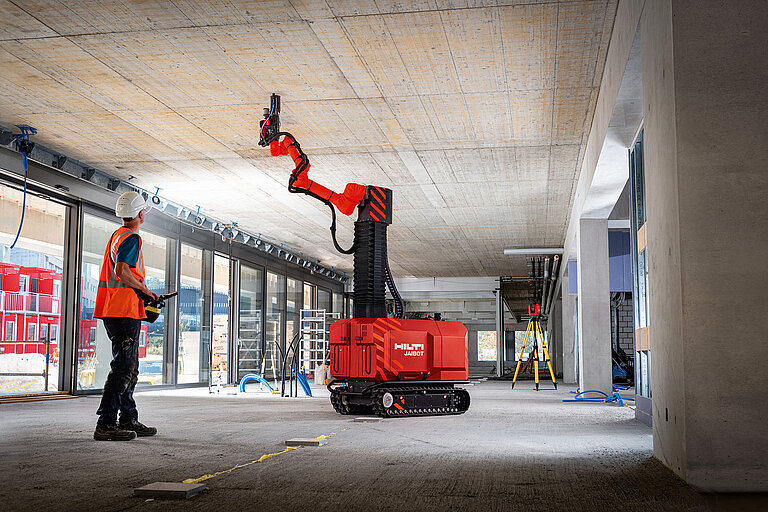
From cutting-edge hardware to robotics, innovative software and dedicated services, Hilti ensures a holistic approach to safety in construction.
Johannes Wilfried Huber, Head of Diamond Systems Business Unit
Forging a Safer Future Through Innovation
Hilti is committed to transforming the construction industry, not just in productivity but also in setting new standards for jobsite safety. These advances are steering us towards a future with fewer construction-related accidents and fatalities. We envision an industry where safety is as fundamental as the remarkable structures that the construction industry builds.

Safety is an integral part of our customer promise. Discover how with Lead 2030 Hilti is Making Construction Better.
